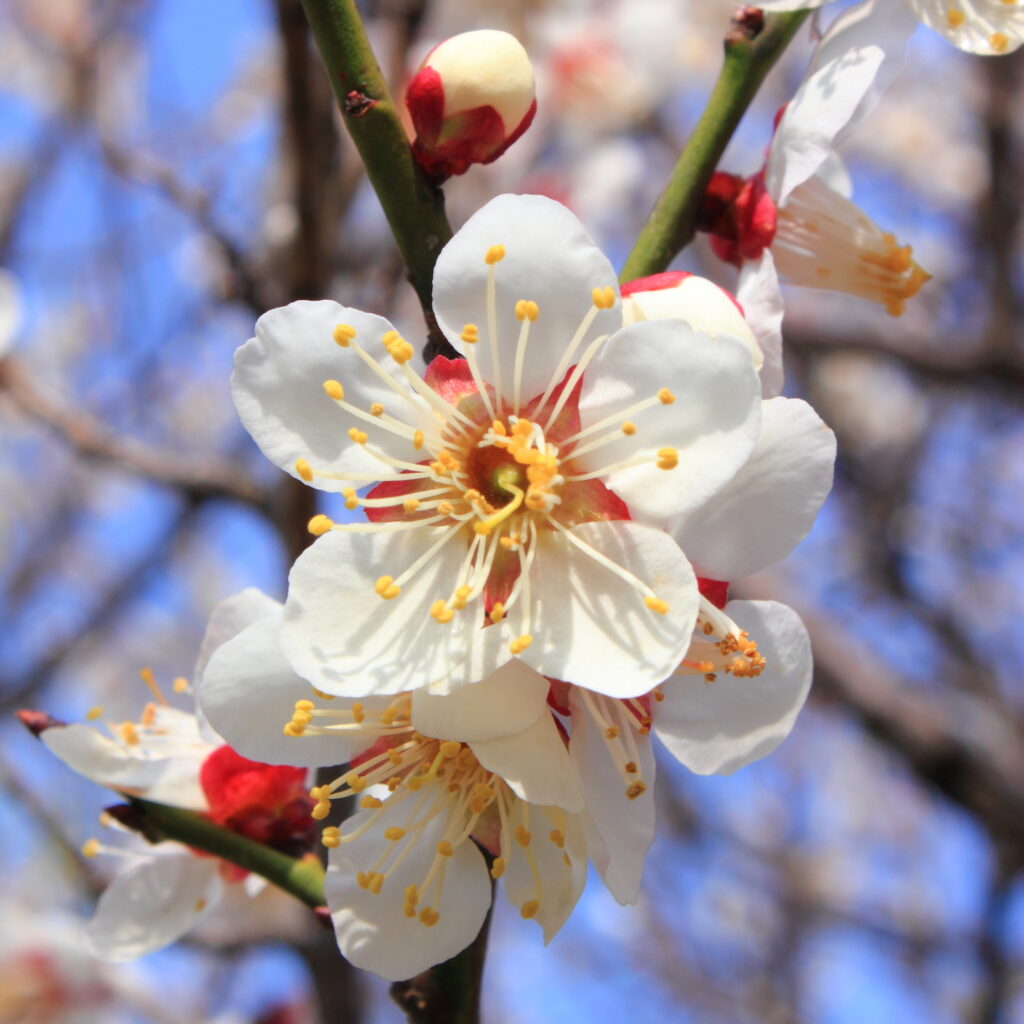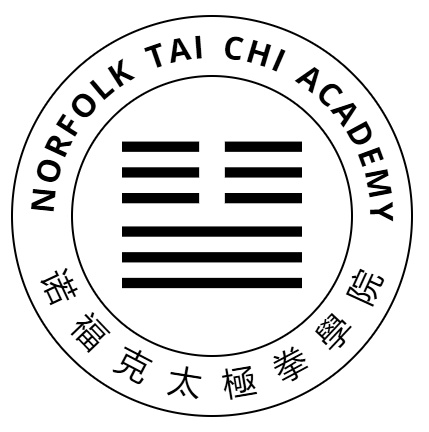
In the Far East, cherry and plum blossoms are highly appreciated not just for their beauty but as harbingers of spring. Japan is known for its special appreciation for cherry blossom (sakura). The viewing of cherry blossom has such importance in Japanese culture that there is a special word for it: hanami. Emperor Saga held the first cherry blossom viewing party in 812, over a thousand years ago. For the common people, the appearance of the blossom was a sign that the god of rice had come down from the mountain and that it was time to plant rice.
Of course, the blossoms soon fall and for the Japanese cherry blossom is a symbol of the transience of all things. The viewing of the blossoms is thus bittersweet, evoking a feeling they call Mono no aware, the “pathos of things”.
Before Emperor Saga’s hanami the Japanese used to view plum blossom (ume), which bloomed earlier – a custom they are thought to have adopted from China. Unlike cherry blossoms, the plum blooms whilst it is still winter. Plum blossoms are thus a symbol of hope.
This is all very well, but what does it have to do with Tai Chi? Take a look at the photographs below.


Like cherry blossoms, plum blossoms have five petals but the petals have a rounder shape. For Tai Chi players the shape of a plum petal reminds them of the end of a finger, viewed end on, and the plum blossom is thus the image of the whipping hand in the move Whip to one side. The five petals are arranged evenly around a centre, presenting a model for the shape of the hand. For Taoists, being in harmony means being in harmony with nature and the movements are full of references to animals, birds and plants. Tigers, lions, dragons, snakes, eagles, cranes, swallows, water lilies and blossoms all make their appearance, together with the sun, moon, and stars, inviting us to draw inspiration for our practice from nature.

